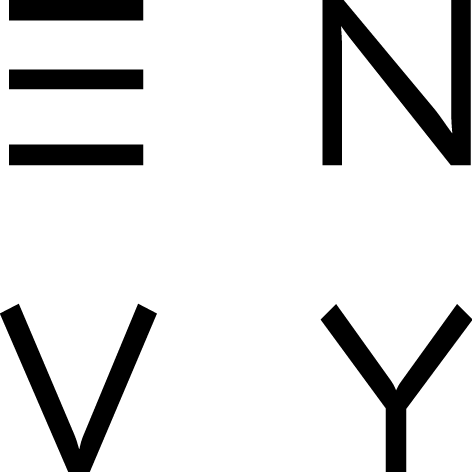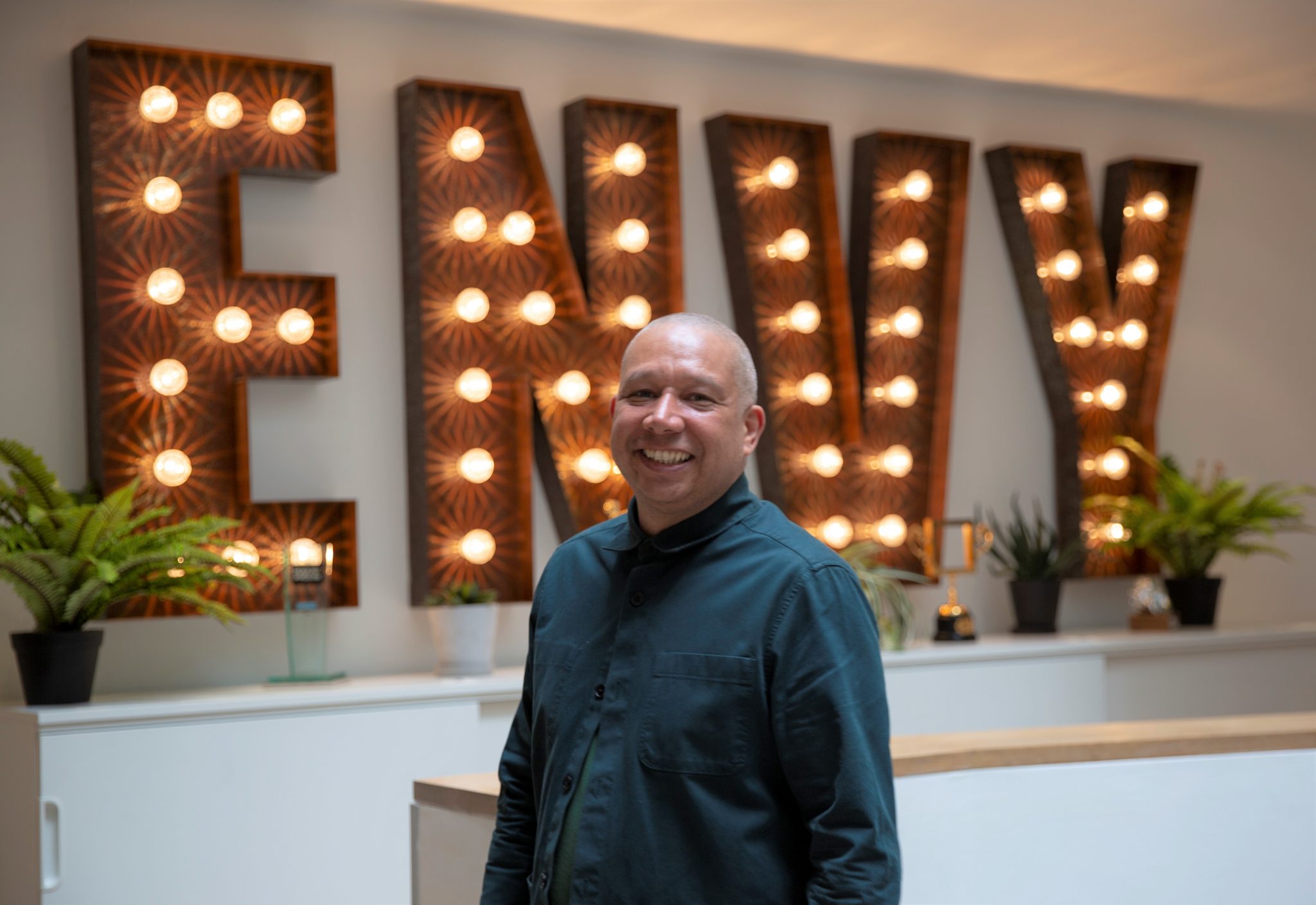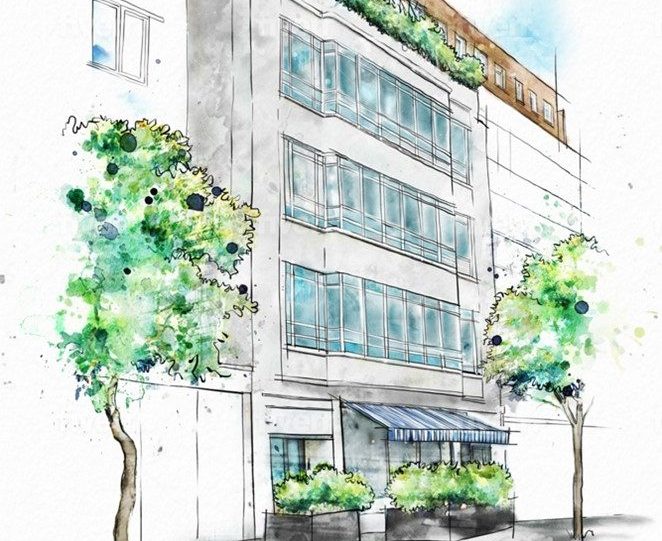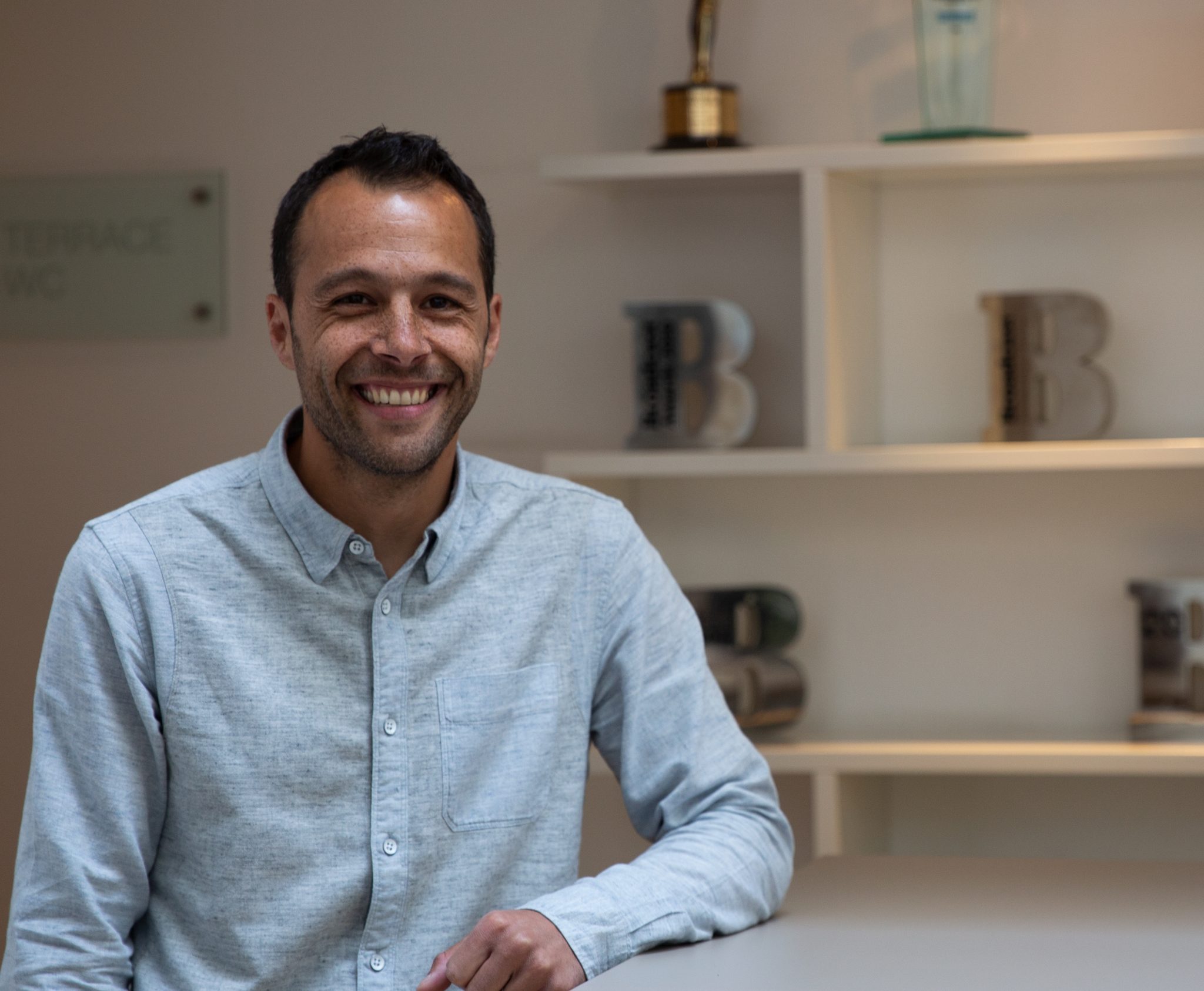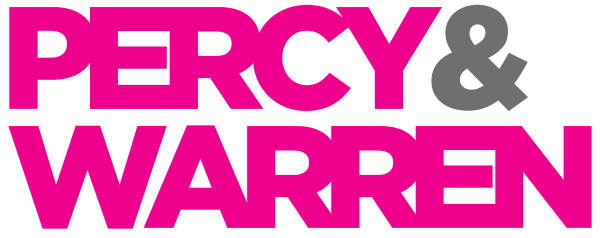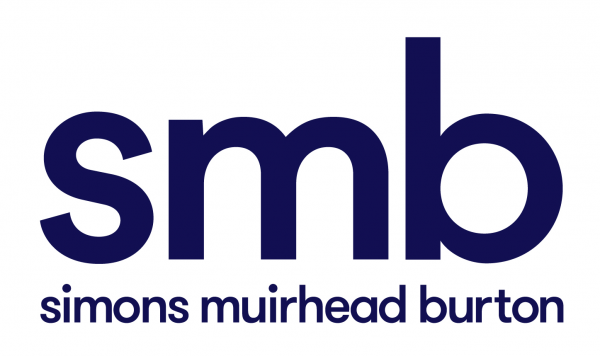The ENVY CAPTURE team discussed the role they played on set of the reality competition based on the popular South Korean series, some of its most exciting challenges and what the future holds for fixed rig productions going forward.
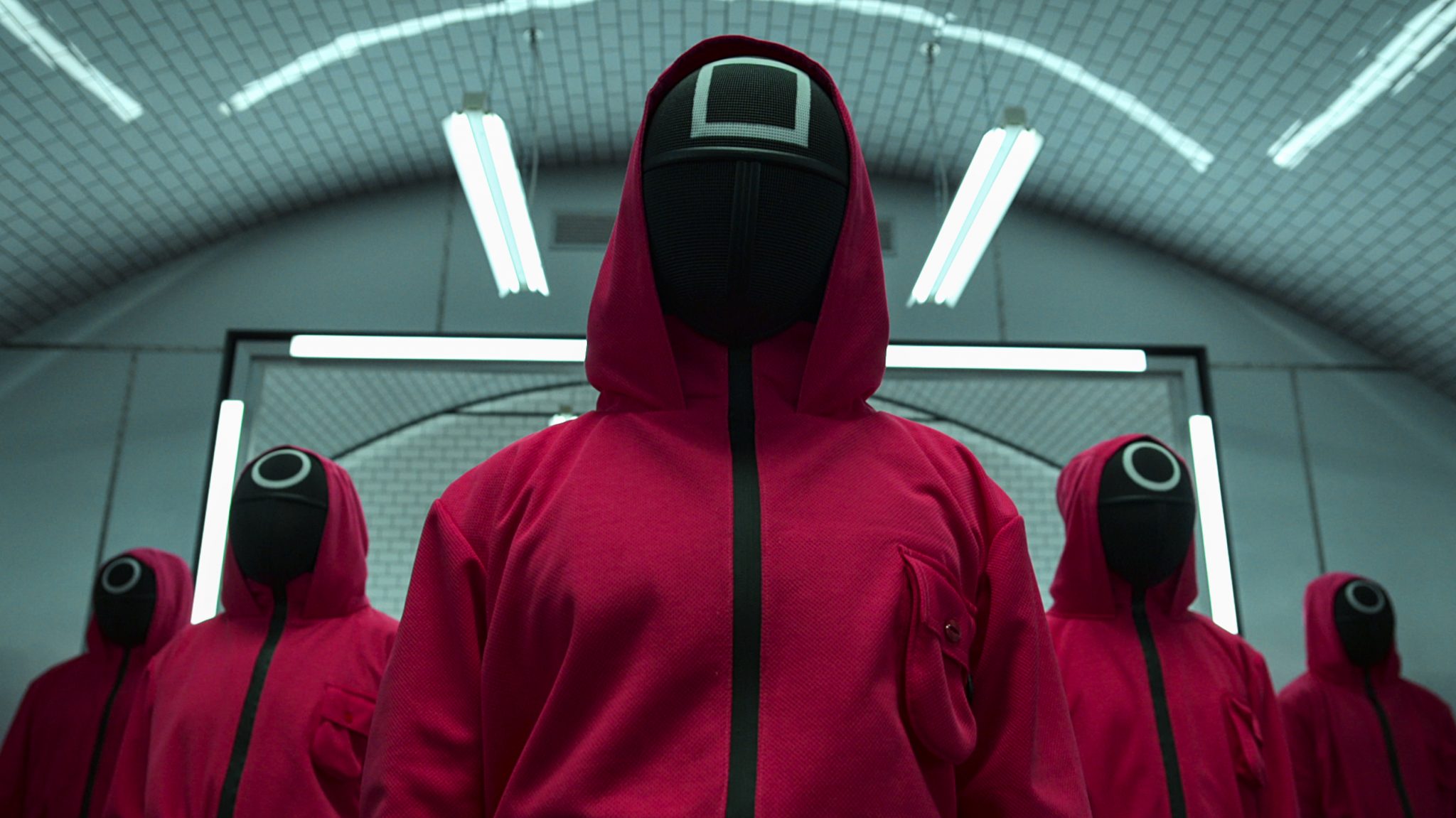
Courtesy of Netflix © 2023
Though the reality version of Squid Game is not a matter of life or death, there is still a lot on the line. Transforming the South Korean series into the biggest reality competition ever with 456 players competing to win $4.56 million dollars pushes each player to their limits. Squid Game: The Challenge sees Netflix provide the largest cash prize in reality television history. Through a series of games, each player is forced to ask themselves just how far they will go to win, making alliances, deploying different strategies and walking a tightrope of trust and betrayal on their way to the prize.
To pull off such an ambitious production, Studio Lambert and The Garden enlisted the help of ENVY’s onset specialist workflow division, ENVY CAPTURE. The CAPTURE team, under the direction of Studio Lambert’s production management team were on-hand throughout the entire shoot, creating unique rigs for each game, managing the multitude of media record streams, as well as, logging and archiving the material ready for the offline edit at ENVY’s central London facilities. In a behind-the-scenes look, the ENVY CAPTURE team discuss the role they played on set, some of the most exciting challenges and what the future holds for fixed rig productions going forward.
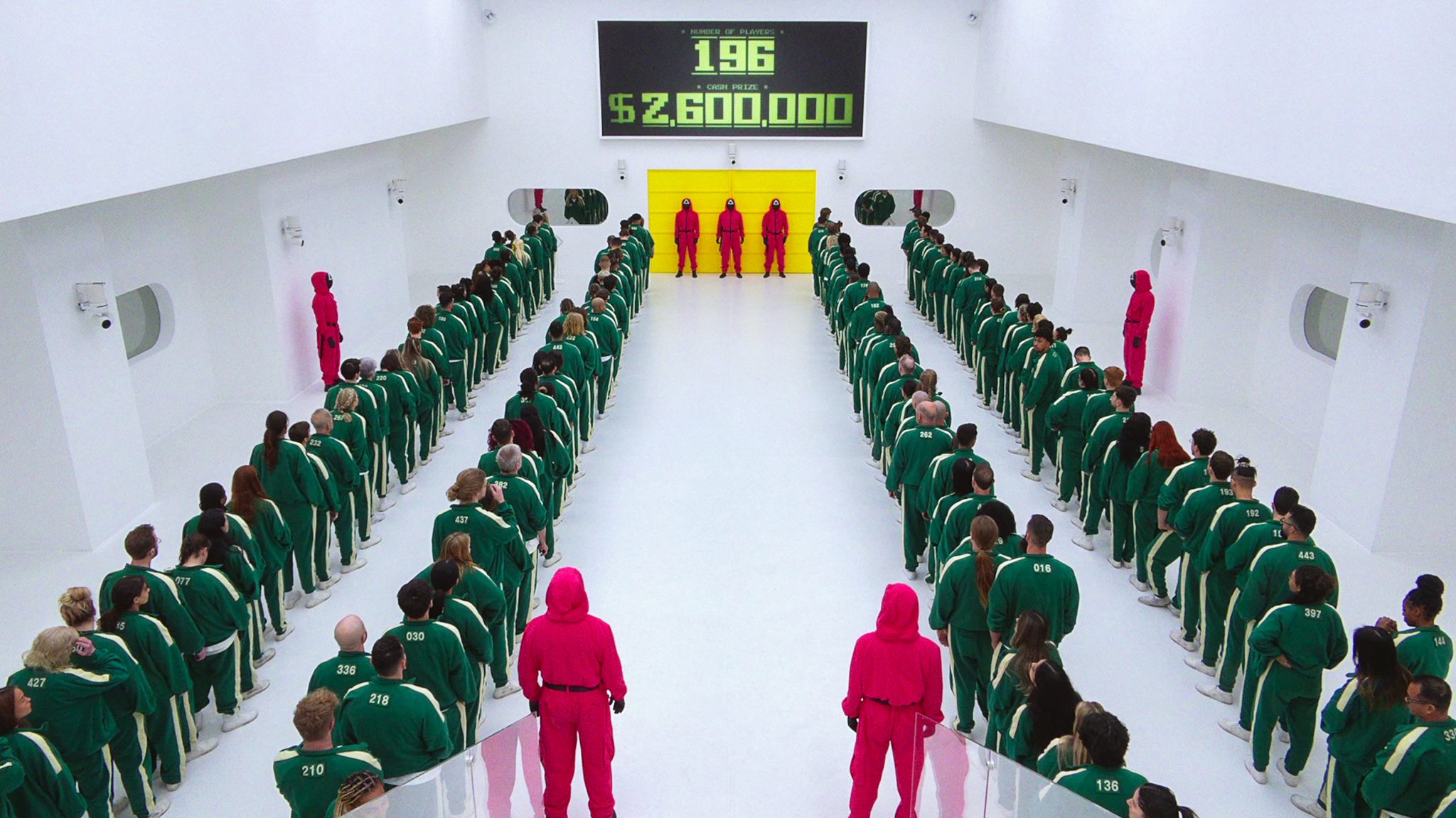
Courtesy of Netflix © 2023
Project overview
The ambitious ten-part series, Squid Game: The Challenge, pushed the boundaries of creativity and technical prowess, all within the tight time frame of 16 incredibly busy days. This production posed a challenge like no other, as the shooting schedule needed to balance capturing reality-style content while also setting up and rigging for the next thrilling game.
It was one of the most extensive reality shoots ever undertaken, featuring some of the most ambitious games designed for a reality setting.
Elliot Leigh, Location Supervisor at CAPTURE
ENVY CAPTURE played a pivotal role in this project, having been actively involved in pre-production from the early stages.
When you’re approached to establish the recording infrastructure for a project of this magnitude, it’s impossible not to be thrilled. Managing complex workflows and challenges is our specialty, and Squid Game presented the ultimate test.
Ricky Martin, Head of Technical Operations at CAPTURE
In its essence, our role is to craft the technology and infrastructure for the most extensive reality production ever undertaken. Then the days when we’re not recording the largest reality production ever, we are tasked with recording some of the most intricate game shows ever conceived.
Toby Weller, Solutions Architect at CAPTURE
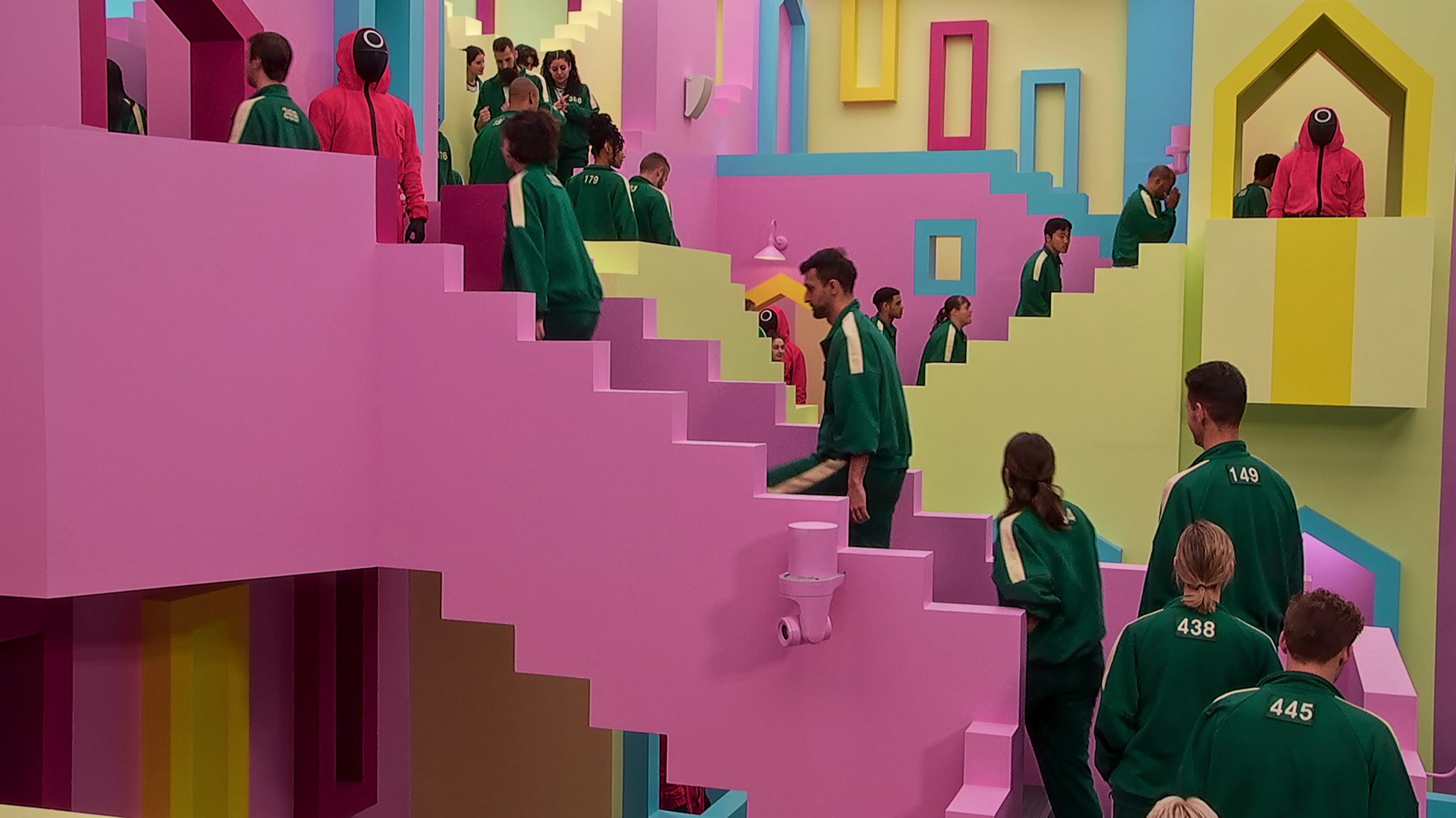
Courtesy of Netflix © 2023
However, what sets their work apart on this project, from the standard reality production workflow, was having to deal with the additional editorial elements, such as VFX. They had to adapt and develop new workflows to deal with editorial requirements that are more in line with a drama production.
Ahead of and during the shooting stage, high levels of preparation and intricate planning were required to ensure the success of the production stage within a tight shooting schedule.
What was different for Squid Game is that we had to create new work flows and tech that allowed us to incorporate standard reality capture alongside more complex elements. This added a unique layer of complexity to our work.
The scale of the project demanded meticulous planning. Each day of production presented unique challenges, requiring seamless coordination among all technical teams and their respective technologies to smoothly transition from one scene to the next. CAPTURE sat at the heart of this, to ensure that all decisions onset provided the best output for the editorial process both onset and later back in the post-production stages back at ENVY.
Ricky Martin, Head of Technical Operations at CAPTURE
Every stage of production – every game, every dormitory change, every setup – was documented in immense detail by our team and then shared with the entire production, so we were all working to the same up-to-date version of the plan.
Elliot Leigh, Location Supervisor at CAPTURE
From there, CAPTURE designed each recording setup and media pipeline to seamlessly receive content in a way that would streamline the editing and finishing processes in the subsequent stages.
Toby Weller, Solutions Architect at CAPTURE
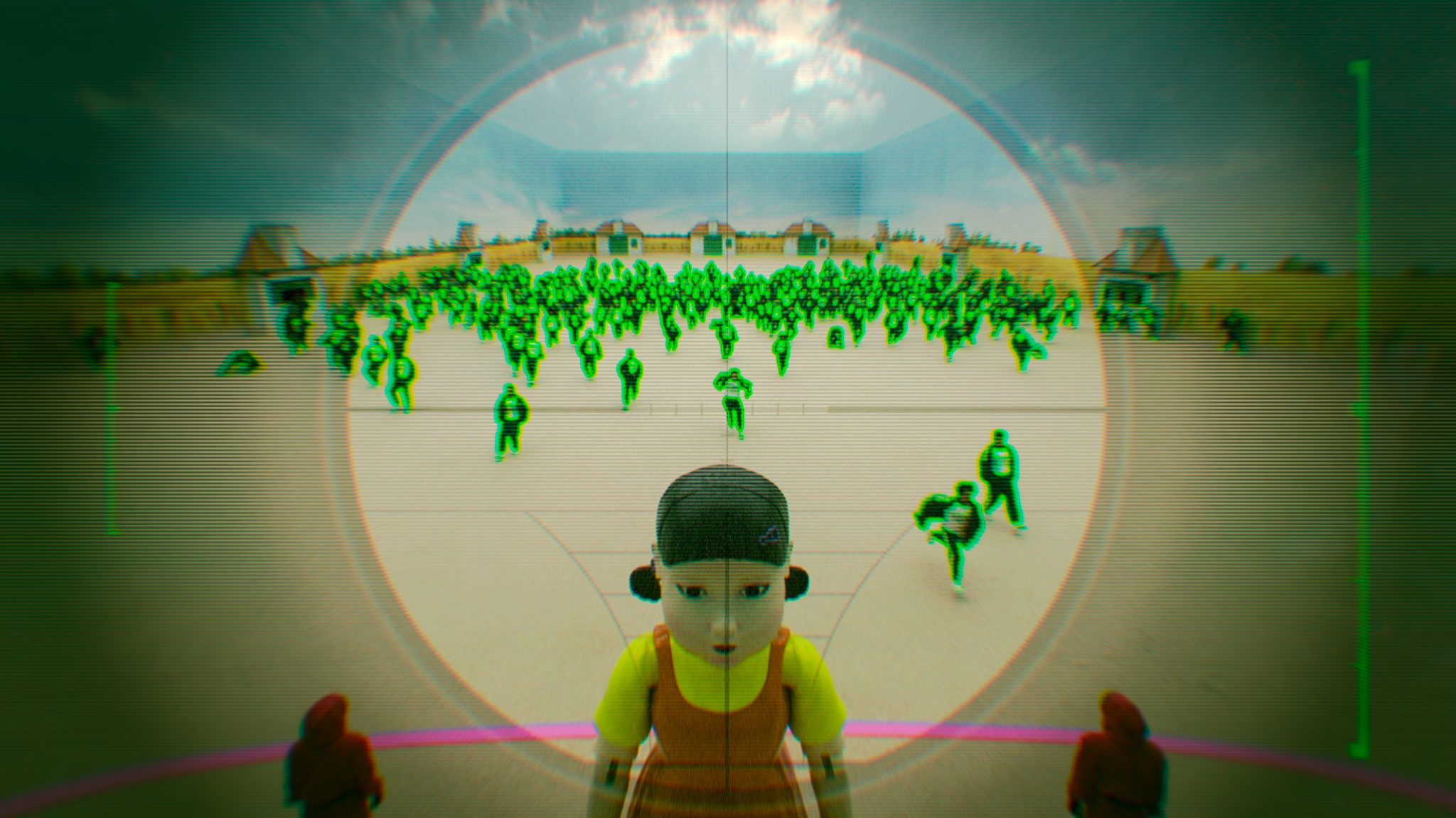
Courtesy of Netflix © 2023
Behind the scenes: ENVY CAPTURE
Creating a reality show of the magnitude of Squid Game: The Challenge brought forth unique and complex challenges for the production team. Unlike other reality shows, where camera setups often remain consistent, this show demanded a flexible approach.
The multi-camera setup on Squid Game: The Challenge had to be changed and rigged for each individual game to maximise coverage and capture all the key action and drama.
Elliot Leigh, Location Supervisor at CAPTURE
Each game presented its own set of demands, with up to 24 ‘rig’ cameras and dozens of PSC cameras tracking the 210 participants residing in the dormitory. Furthermore, the production team had the flexibility to add extra cameras when deemed necessary. For instance, in the case of the show’s opening challenge, ‘Red Light, Green Light,’ which featured all 456 contributors, the setup had to be shifted to a larger space to accurately replicate the original program.
There were 32 streams of media and an additional 18 cameras recording, which is understandable when you see the size of the game and the number of contestants to keep track of.
Ricky Martin, Head of Technical Operations at CAPTURE
Throughout the reality portions of the production, 24 ISOs (isolated camera feeds) played a central role, with dedicated ISOs for interview rooms. As the show progressed and contestants were eliminated, the ‘Dormitory’ record constantly evolved, adapting to the changing dynamics with varying bed arrangements, cameras and microphones.
ISOs for interview rooms were also transcribed live, with reports delivered straight to production teams after each interview.
Toby Weller, Solutions Architect at CAPTURE
This is one of the shows where we had the most collaboration with production, and everyone was communicating on how certain parts were going to be shot. There is no guide out there to explain how a project like this gets made.
Elliot Leigh, Location Supervisor at CAPTURE
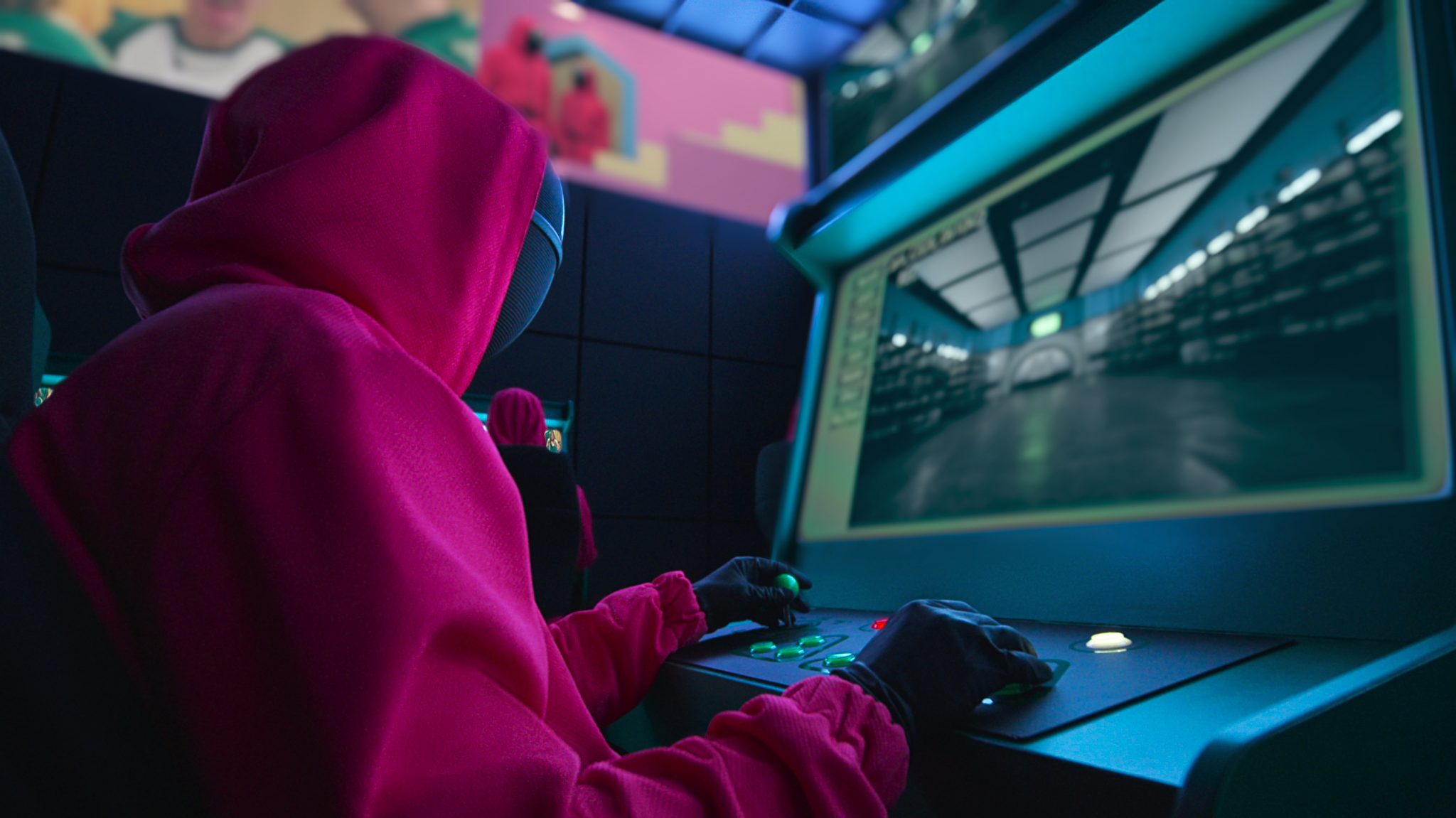
Courtesy of Netflix © 2023
Indeed, it was a testament to the industry’s most innovative minds, coming together to find solutions and streamline the media management process from set to suite. On a production of this scale, one of the paramount challenges was to establish a system that allowed a sizable editorial team to seamlessly annotate and access content in real-time, as the unfolding events demanded. This solution needed to consolidate all production notes into a single, accessible location, obviating the necessity for copious paperwork or the arduous task of sifting through extensive timelines of media content. To address this challenge, CAPTURE spearheaded the creation of a ground-breaking cloud-based solution known as ‘Story.’
We recognised the need for a tailored platform that could cater to the unique demands of our production notes while ensuring accessibility and ease of use for our editing team.
Ricky Martin, Head of Technical Operations at CAPTURE
CAPTURE’s innovative ‘Story’ platform delivered precisely that. It provided fully customised production notes that could be effortlessly edited and reviewed in the cloud. What set this solution apart was its seamless integration with Avid, aligning media and sequences seamlessly with the corresponding notes.
With ‘Story’ in place, each commissioned story received a unique identifier. This ingenious feature simplified the process of locating specific stories for editors and producers during offline edits. In an industry where efficiency and precision are paramount, CAPTURE’s ‘Story’ not only met the challenge but also raised the bar for real-time production note management.
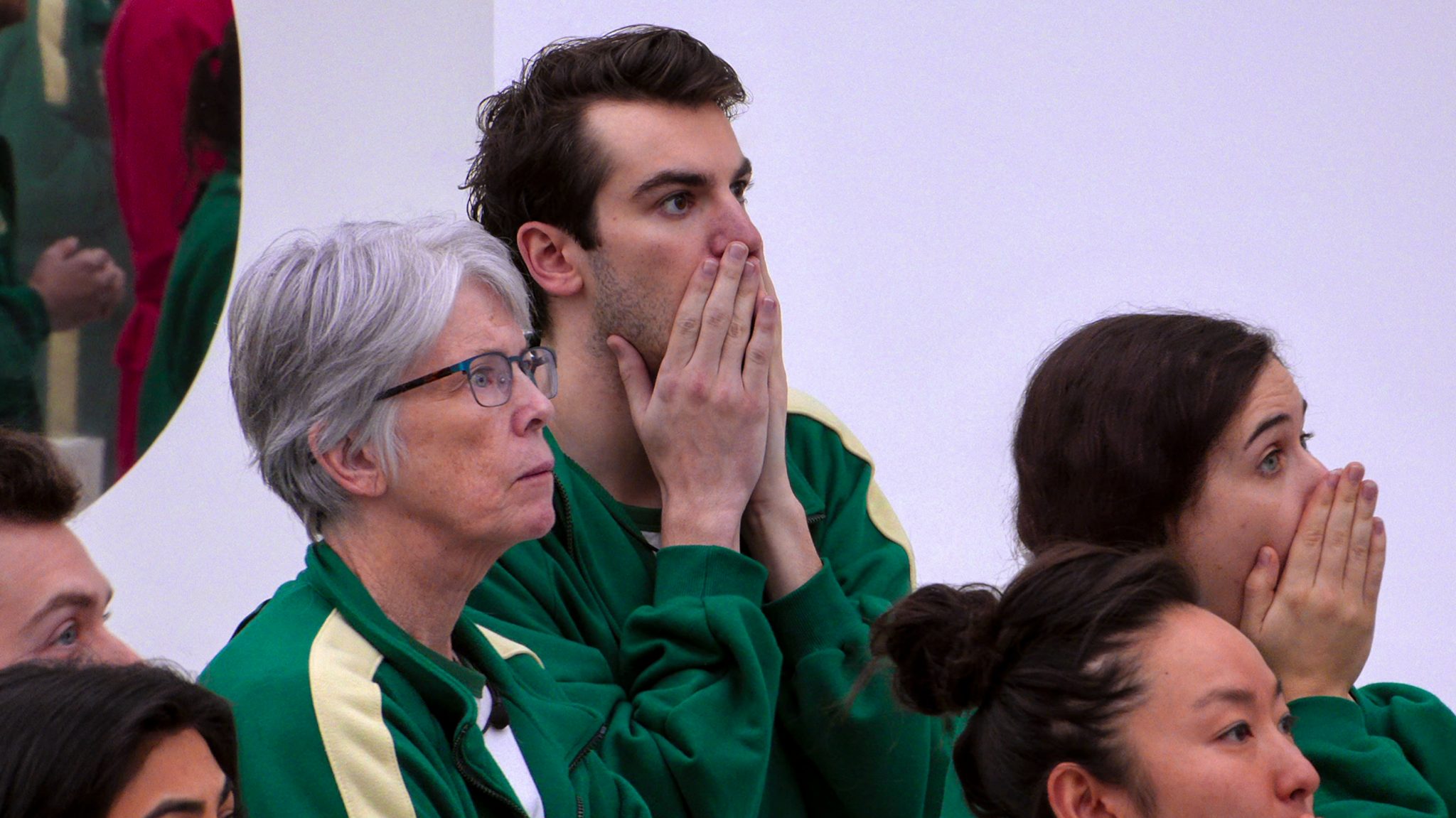
Courtesy of Netflix © 2023
Since its inception in 2021, ENVY CAPTURE has embarked on a global journey, providing solutions to a diverse array of fixed rig productions, each brimming with its unique creative vision and aspirations to elevate their projects to new heights.
By the end of the two week shoot, ENVY CAPTURE had recorded 9536 hours of media, backed up on 272 PSC Cards, which were backed up to 102 LTOs and 828 stories were commissioned throughout the production phase. When combining all of the native media, backups and stream media, the total amount of media amassed to 1.1 petabytes across the whole project.
There was an undeniable grandeur to it, a sense that we were contributing to something colossal. It was truly captivating to witness every participant immersed in the games, living out their lives with the tantalising prospect of walking away with $4.56 million.
We all had our favourites, individuals we were definitely rooting for, and a sense of disappointment if they were eliminated. This sentiment serves as a testament to the exceptional quality of the show’s production, given how deeply we were engaged while working on it.
Elliot Leigh, Location Supervisor at CAPTURE
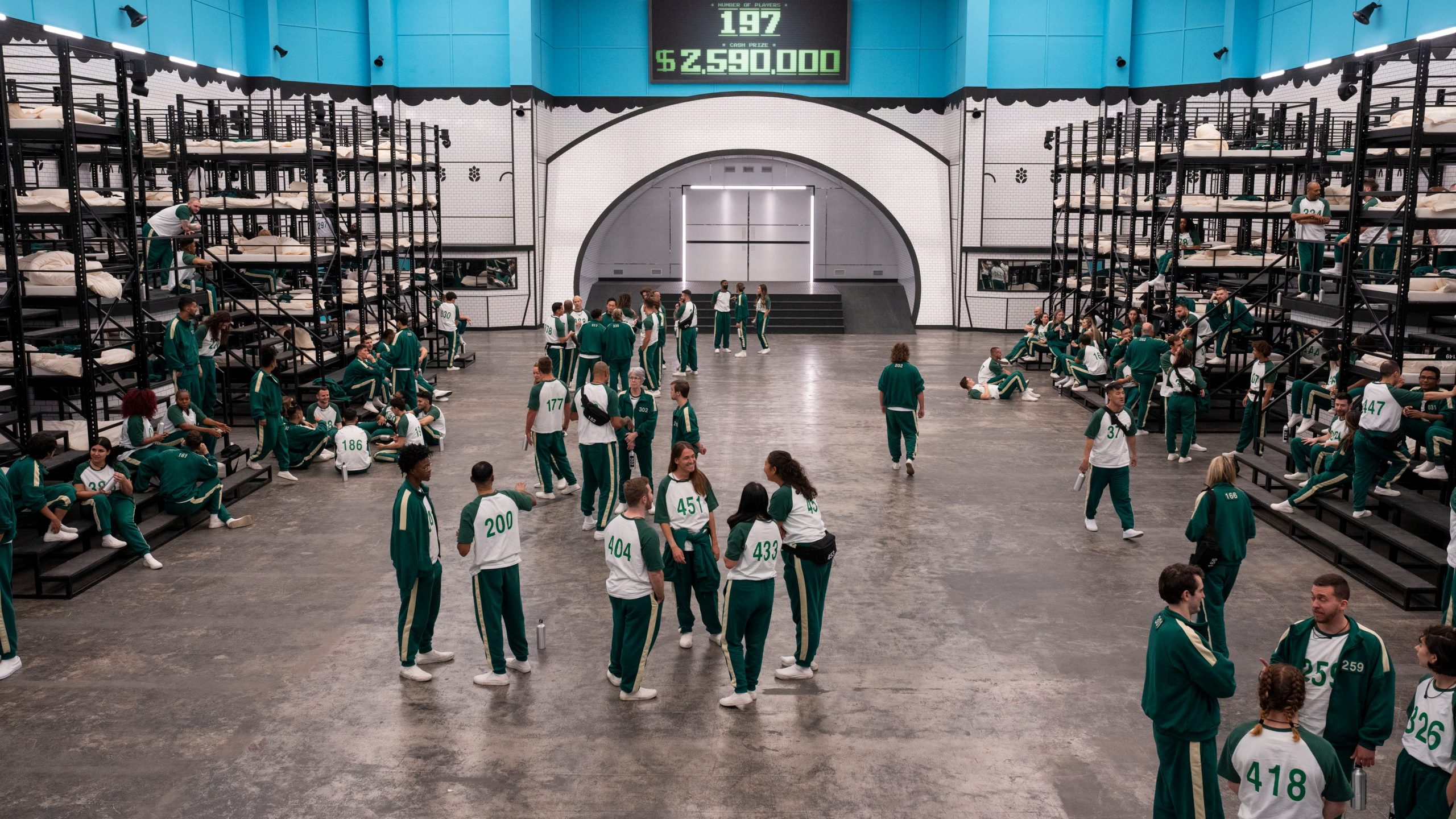
Courtesy of Pete Dadds/Netflix © 2023
Challenges and key moments
Although the production and CAPTURE rig is planned far in advance, there can sometimes be changes that are not anticipated or changes that want to be made during the shooting stage – the challenge can be to accommodate that. Even with twenty-four streams recording all the action, the task to record all of the action for 456 players proved to be an interesting challenge.
We would have discussions with production on how to best record a particular sequence, sometimes there were requests to capture extra streams or factor in different cameras to maximise the content being recorded.
Elliot Leigh, Location Supervisor at CAPTURE
With any fast-moving productions, you have to expect the unexpected and we always had a plan in place to best prepare us for any requests, sometimes that was simply more equipment, other times that would be rethinking the way a scene is shot entirely to make things work.
It was about following what looked interesting, never about following a particular person and creating a story from that. You could never predict what would happen in the next game. Fixed rig used to be about recording everything and creating the story after it has been recorded.
Toby Weller, Solutions Architect at CAPTURE
By not predicting potential winners of the show and by equally recording everyone’s conversations, it keeps the outcome a mystery. Squid Game: The Challenge replicates the original Netflix show perfectly, with several of the original games being made in real life. When the show’s creator, Hwang Dong-hyuk paid a visit to the sets, even he could not believe how detailed and true to the original the different areas were.
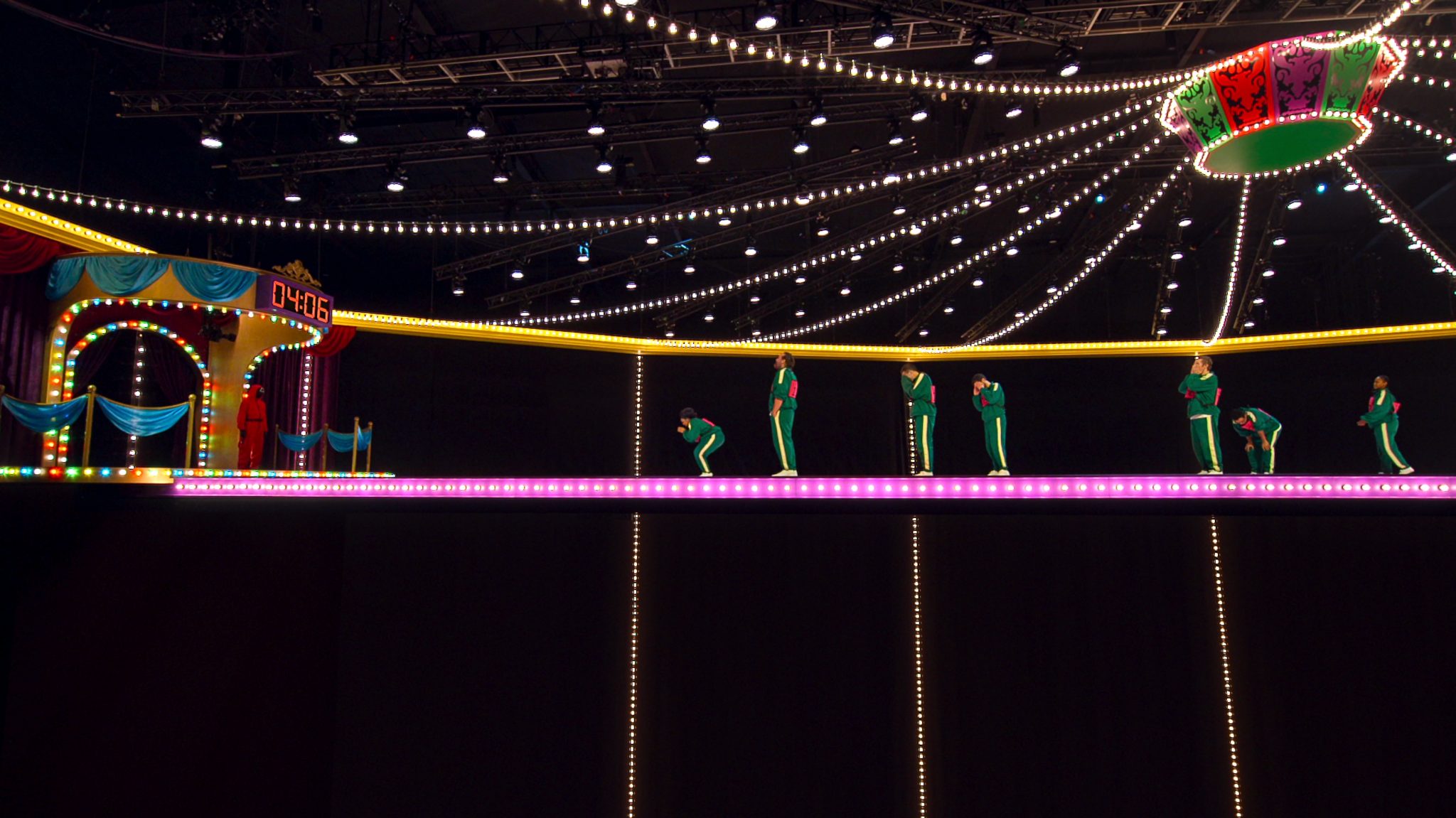
Courtesy of Netflix © 2023
When asked about their favourite game from the production, the CAPTURE team had diverse preferences.
I’d go with ‘Glass Bridge.’ It was brief but incredibly tense watching it live, knowing there was a 50/50 chance of elimination or advancement.
Elliot Leigh, Location Supervisor at CAPTURE
For me, it’s a no-brainer—’Red Light, Green Light.’ It presented a monumental challenge in terms of scale, and it marked the first and last time we saw over 400 players in action.
Ricky Martin, Head of Technical Operations at CAPTURE
I’d pick ‘Marbles’ for its deceptive simplicity. It was one of the trickier games to capture perfectly due to the close- quarters action, requiring a delicate touch and precision.
Toby Weller, Solutions Architect at CAPTURE
Squid Game: The Challenge truly took fixed rig productions to new heights. The combination of technical excellence and creative ideas have created a series that the entire team are proud of. When amalgamating all the native media, backups, and streamed content, the cumulative volume of media amassed to an awe-inspiring 1.1 petabytes, a testament to the colossal scale and complexity of the entire project.
The world of fixed rig recording has evolved significantly, offering much greater scalability than in the past. We’re discovering innovative methods to enhance our recording capabilities.
Toby Weller, Solutions Architect at CAPTURE
Stories are now being crafted right on the set, and we’re exploring more creative pathways to seamlessly integrate them into the editing process. This, in turn, enriches the overall quality of the show, benefiting everyone involved.
Ricky Martin, Head of Technical Operations at CAPTURE
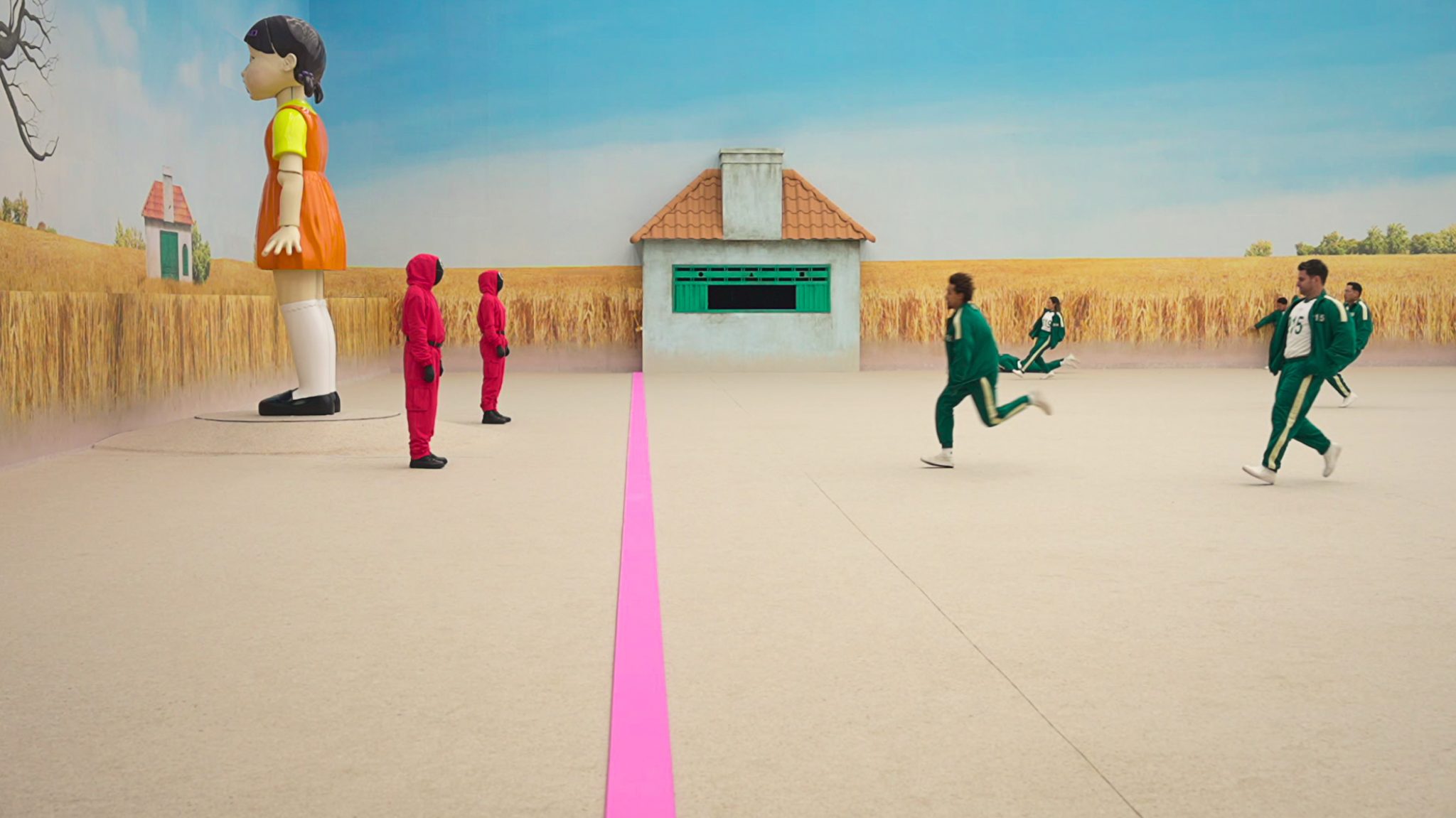
Courtesy of Netflix © 2023
ENVY creatives
Once the offline edit was completed, the post production was wrapped up by ENVY’s team of talented creatives to transport us into the game. Squid Game: The Challenge was delivered for Dolby Vision HDR in the Aces Colourspace.
Squid Game: The Challenge was a very fun project to be involved with, especially being a fan of the original drama.
The series presented an exciting challenge with such a large number of cameras and different framerates being recorded across the games and sections in the players dorm. I really wanted to unify all these different elements to make it look uniform. Initially I graded in the style of the drama series, which was cold and gritty, but the producers and I decided it didn’t match the feel of a lighter entertainment show.
The other unique challenge in this series was that I got to composite shots within Baselight. The VFX vendors for the show were NVIS and they were fantastic to collaborate with. They regularly checked in on the colour pipeline and once that was locked down, they provided EXR files with embedded elements and data that could be loaded into Baselight. These shots were prepared by George and Sally in ENVY’s Data Lab which were conformed and set up on the timeline along with the locked cut of the programme ready for me to finesse. I would then comp the VFX elements into the original shot then grade each of the elements to make it look cohesive. The reason for having the VFX elements created separately allowed me to have more control of the shot and was way more efficient when it came to delivering a complex grade. NVIS were involved in the reviews making sure the VFX elements were working okay with the original shots and could make tweaks as needed.
There were also sections where I would rotoscope shots with a lot of movement which took time but the final results were absolutely worth that extra time. Squid Game: The Challenge was a real team effort across the entire project and something we can all be proud to be a part of.
Andrew Cloke, Colourist at ENVY
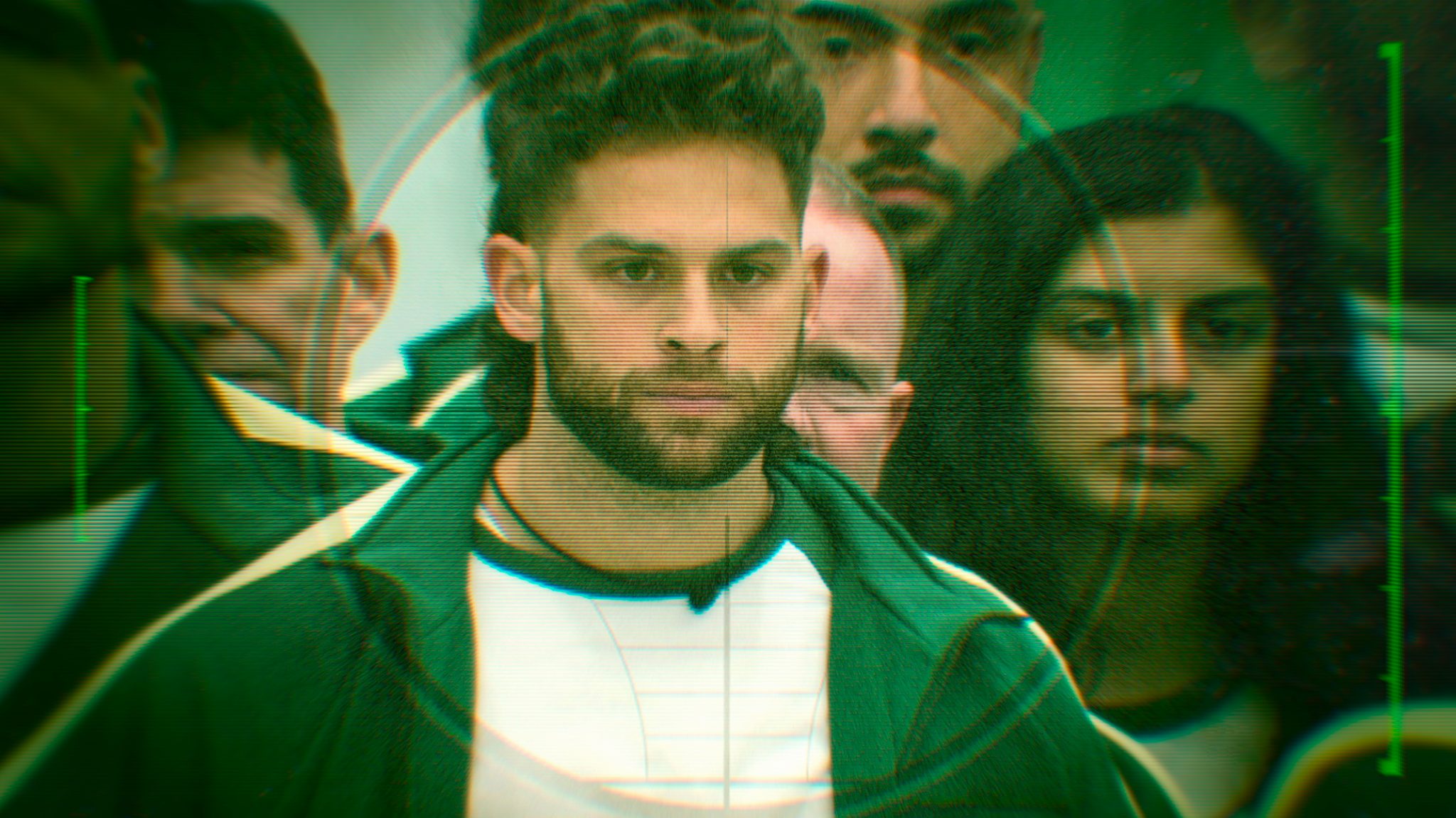
Courtesy of Netflix © 2023
The brief from the Studio Lambert and The Garden teams was to keep it true to the 2021 series and before mixing the show, I rewatched the original series to remind myself of the mood and tension that gets created using the sound.
We wanted to match the effects to the original such as the tannoy system and the sound of the guards which were revoiced and blended into the mix. The show also contained music from the original show and that was fused into an amazing score that helps drive the stories on the screen and also amplifies the tension of the games.
There were no boom microphones in the show, so I largely was cleaning and utilising audio from the players’ radio microphones. All of the best microphones were selected in the tracklay and then in the mix, I isolated each of the individual voices and reduced any background noise picked up by the radio microphone.
Ben Ormerod, Dubbing Mixer at ENVY
We all really wanted to honour the original show as much as possible. Ben began the series and established the style of the mix and together we made sure that style carried right across the series.
I used RX Advanced 8 to clean up the audio, including the built in tools de-click and de- plosive which removes pops and bumps to the microphones which is especially useful with a lot of movement and action from so many contestants. I also used RX8’s spectral repair and spectral de-noise which analyses pieces of audio, identifies any sound that should not be there and repairs that waveform.
I had a lot of fun on the series and really enjoyed watching it back in review sessions with the clients. People are really going to be blown away by the scale of the production.
Andy Hodges, Dubbing Mixer at ENVY
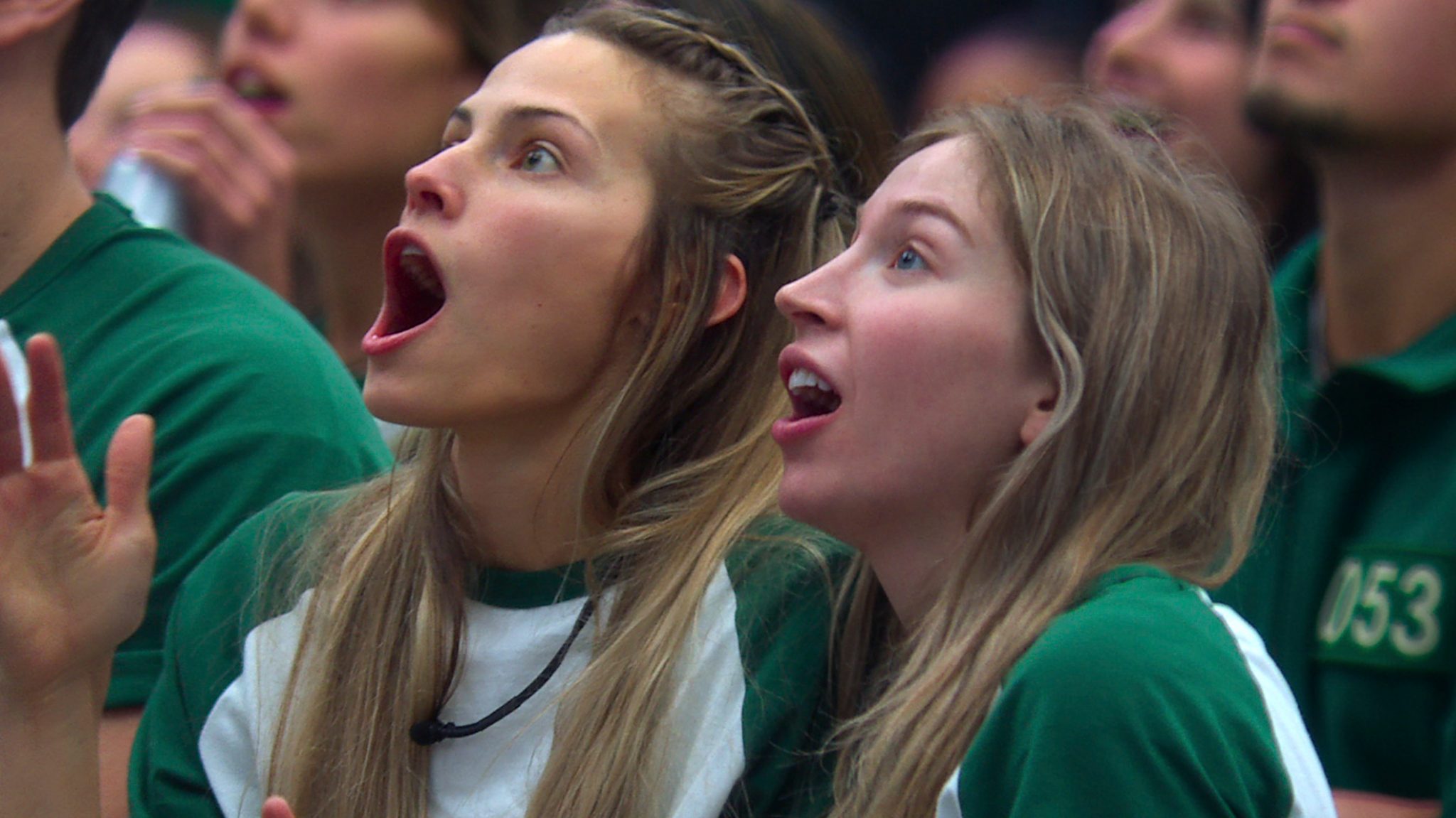
Courtesy of Netflix © 2023
Squid Game: The Challenge was produced by Studio Lambert and The Garden Productions. The 10-episode series was released on 22 November and is available to watch on Netflix.
ENVY credits
Head of Technical Operations CAPTURE: Ricky Martin; Solutions Architect CAPTURE: Toby Weller; Location Supervisor CAPTURE: Elliot Leigh; Colourist: Andrew Cloke Online Editor: Luke Carter; Dubbing Mixers: Andy Hodges and Ben Ormerod; and Post Producers: Rosie Hargreaves and Luke Gagin.
